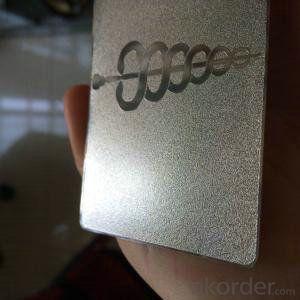Abb Solar Inverter Business
Abb Solar Inverter Business Related Searches
Best Inverter Solar Panel Solar Panel On Roof Rack Inverter To Solar Panel Ratio Solar Panel Decking Lights Solar Panel Inverter Box 1000 Watt Solar Panel Inverter 12 Volt Solar Panel Inverter Plastic Solar Lanterns Buy Solar Panel Inverter Solar Panel Inverter CostHot Searches
Type Of Inverter For Solar Types Of Inverter For Solar Used Solar Inverter For Sale Inverter Size For Solar System Solar Edge Inverter For Sale 5kw Solar Inverter For Sale Solar Inverter For Sale Solar Inverter For Battery Solar Inverter For Split Ac Solar Inverter For Laptop Solar Inverter For Fridge Solar With Inverter Price Solar Inverter With 2 Battery Solar Inverter Price In China Best Solar Inverter In China Solar Inverter Price In Dubai Solar Inverter Price In Uae Solar Inverter Price In Kenya Solar Inverter Price In Kerala Solar Hot Water Collectors For SaleAbb Solar Inverter Business Supplier & Manufacturer from China
Okorder.com is a professional Abb Solar Inverter Business supplier & manufacturer, offers integrated one-stop services including real-time quoting and online cargo tracking. We are funded by CNBM Group, a Fortune 500 enterprise and the largest Abb Solar Inverter Business firm in China.Hot Products
FAQ
- The role of a remote monitoring system in a solar inverter is to allow for real-time monitoring and management of the solar power generation and inverter performance from a remote location. It provides valuable insights into the system's efficiency, troubleshooting capabilities, and helps ensure optimal performance and timely maintenance. Additionally, a remote monitoring system allows for data analysis, performance tracking, and can facilitate predictive maintenance to maximize the overall efficiency and longevity of the solar inverter system.
- Yes, a solar inverter can be used with a battery backup system. The solar inverter converts the DC power generated by the solar panels into AC power that can be used to power appliances and charge batteries. The battery backup system stores excess solar energy for use during times when the sun is not shining, providing a reliable source of power even when the solar panels are not producing electricity.
- Yes, a solar inverter can be used with a solar-powered street lighting system. The solar inverter is responsible for converting the direct current (DC) generated by the solar panels into alternating current (AC) which is required to power the street lights. This ensures that the solar-powered street lighting system operates efficiently and effectively.
- Yes, a solar inverter can be used in conjunction with a power factor correction device. The power factor correction device is designed to improve the power factor of the electrical system and optimize the efficiency of energy usage. When connected to a solar inverter, it helps to correct the power factor of the solar power system, ensuring better utilization of the generated solar energy and reducing any potential power losses.
- When choosing the right size of solar inverter for a system, it is important to consider the total capacity of the solar panels and the expected power output. The inverter should have a capacity that matches or slightly exceeds the maximum power output of the panels to ensure optimal efficiency. Additional factors such as the type of grid connection and any future expansion plans should also be taken into account. Consulting with a professional solar installer or conducting a thorough system assessment can help determine the appropriate size of the inverter for a given solar system.
- Yes, a solar inverter can be used with solar-powered ventilation systems. A solar inverter is responsible for converting the direct current (DC) produced by solar panels into alternating current (AC) that can be used to power various electrical devices, including ventilation systems. By connecting the solar panels to a solar inverter, the generated solar energy can be efficiently utilized to operate the ventilation system, ensuring a sustainable and eco-friendly ventilation solution.
- The temperature range for optimal operation of a solar inverter typically falls between 0°C (32°F) to 40°C (104°F).
- Yes, a solar inverter can be used with a remote monitoring system. In fact, many solar inverters are designed to be compatible with remote monitoring systems, allowing users to monitor their solar energy production, system performance, and troubleshoot any issues remotely. This enables better control and management of the solar power system, ensuring optimal efficiency and performance.













































